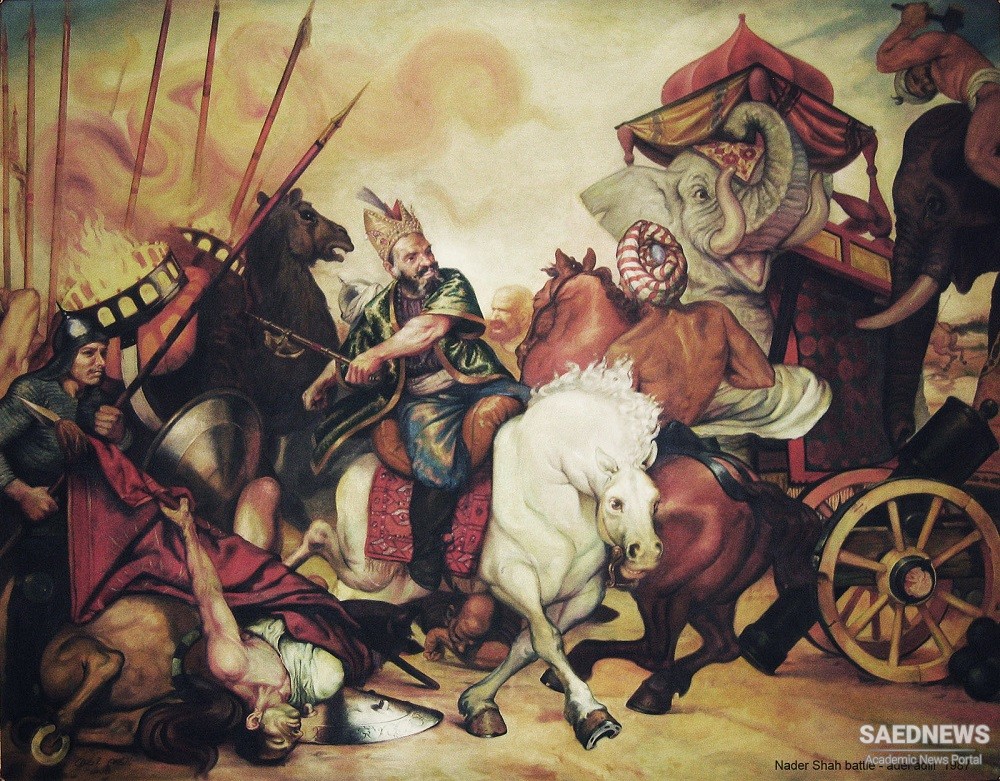In 1747 Nadir Shah, the strong ruler who had established his hold over Persia eleven years earlier, was assassinated in a palace coup, and his empire fell into chaos and anarchy. These circumstances effectively terminated the suzerainty of Persia over Azerbaijan, where local centers of power emerged in the form of indigenous principalities, independent or virtually so, inasmuch as some maintained tenuous links to Persia's weak Zand dynasty. Thus began a half-century-long period of Azerbaijani independence, albeit in a condition of deep political fragmentation and internal warfare. Most of the principalities were organized as khanates, small replicas of the Persian monarchy, including Karabagh, Sheki, Ganja, Baku, Derbent, Kuba, Nakhichevan Talysh, and Erivan in northern Azerbaijan and Tabriz, Urmi, Ardabil, Khoi, Maku, Maragin, and Karadagh in its southern part. Many of the khanates were subdivided into mahah (regions), territorial units inhabited by members of the same tribe, reflecting the fact that the residue of tribalism was still strong. An outgrowth of the medieval institution oiiqta (state land grant) was the state ownership of most of the land. Plots were distributed as nonhereditary grants to bays and aghas for services rendered to the ruler, the khan. Besides the khanates there existed even smaller principalities, sultanates, which usually ended up as dependencies of the former. Some of the khanates expanded at the cost of their neighbors or reduced the latter to the status of clients. In the northern part of Azerbaijan the khanates of Sheki, Karabagh, and Kuba became the most powerful.


 Azerbaijan as the Head of Iran: Azeris and Parted Hearts
Azerbaijan as the Head of Iran: Azeris and Parted Hearts














































